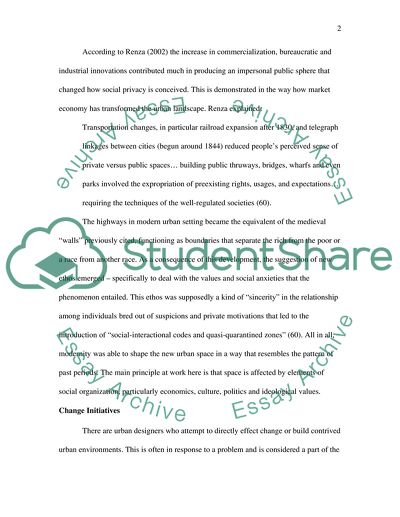Cite this document
(“Urban Space & Other Areas: Social Construction ZoneInventing Urban Essay”, n.d.)
Retrieved from https://studentshare.org/miscellaneous/1570797-urban-space-other-areas-social-construction-zoneinventing-urban-space
Retrieved from https://studentshare.org/miscellaneous/1570797-urban-space-other-areas-social-construction-zoneinventing-urban-space
(Urban Space & Other Areas: Social Construction ZoneInventing Urban Essay)
https://studentshare.org/miscellaneous/1570797-urban-space-other-areas-social-construction-zoneinventing-urban-space.
https://studentshare.org/miscellaneous/1570797-urban-space-other-areas-social-construction-zoneinventing-urban-space.
“Urban Space & Other Areas: Social Construction ZoneInventing Urban Essay”, n.d. https://studentshare.org/miscellaneous/1570797-urban-space-other-areas-social-construction-zoneinventing-urban-space.


